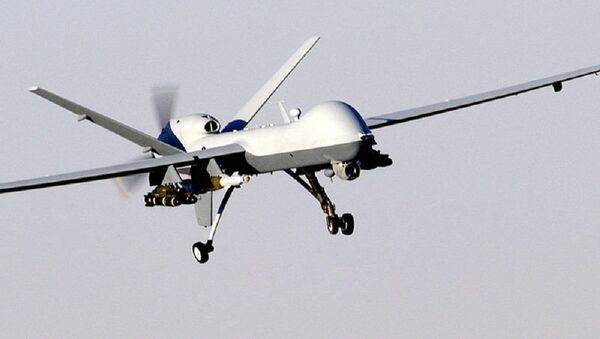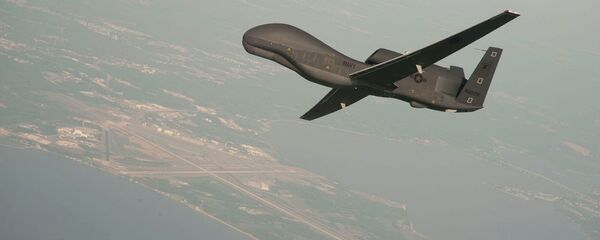In 1996, the Predator was used as a unmanned aerial-reconnaissance support vehicle. In a matter of years, the George W. Bush administration found a way to attach two Hellfire missiles to the drones, allowing the US military to conduct airstrikes anywhere in the world while the pilot sat behind a desk controlling the weapon. It first saw combat in Afghanistan and Iraq for the $4-6 trillion never-ending US War on Terror, before becoming a favorite tool of the Obama administration, despite the deaths of hundreds, and possibly thousands, of civilians classified by the US as ‘collateral damage.’
In its place, the US will develop a broad fleet of MQ-9 Reapers, also made by US weapons manufacturer General Atomics. Reapers are very similar to Predators, except they are bigger and pack a greater payload. Reapers are capable of surveillance, intelligence tasks, close air support, combat search and rescue, precision strike, convoy and raid overwatch, target development, and terminal air guidance, according to the US Air Force.
Reapers carry laser and GPS-guided munitions in addition to four air-to-surface Hellfire missiles. The Predator carried two Hellfire missiles.
The Reaper has a range of 1,100 miles, whereas the Predator could only roam 770. The new drone is much faster, too, with a top speed of 230 mph, far exceeding the Predator’s cruise velocity of 84 mph.
During the Obama administration, the US authorized 355 drone strikes within Pakistan alone, a massive jump from the Bush administration, which oversaw 46 drone strikes, according to data from Washington DC-based think tank the New America Foundation.
The Pentagon recently announced that US forces have conducted “more than 20 strikes” against Al Qaeda in the Arab Peninsula (AQAP) in Yemen. According to Pentagon spokesman Jeff Davis, the attacks were directed at “AQAP militants, equipment and infrastructure in the Yemeni governorates of Abyan, Al Bayda and Shabwah.”
Pentagon officials have offered that the retirement of the weaponized Predator drones will assist efforts to control costs.



